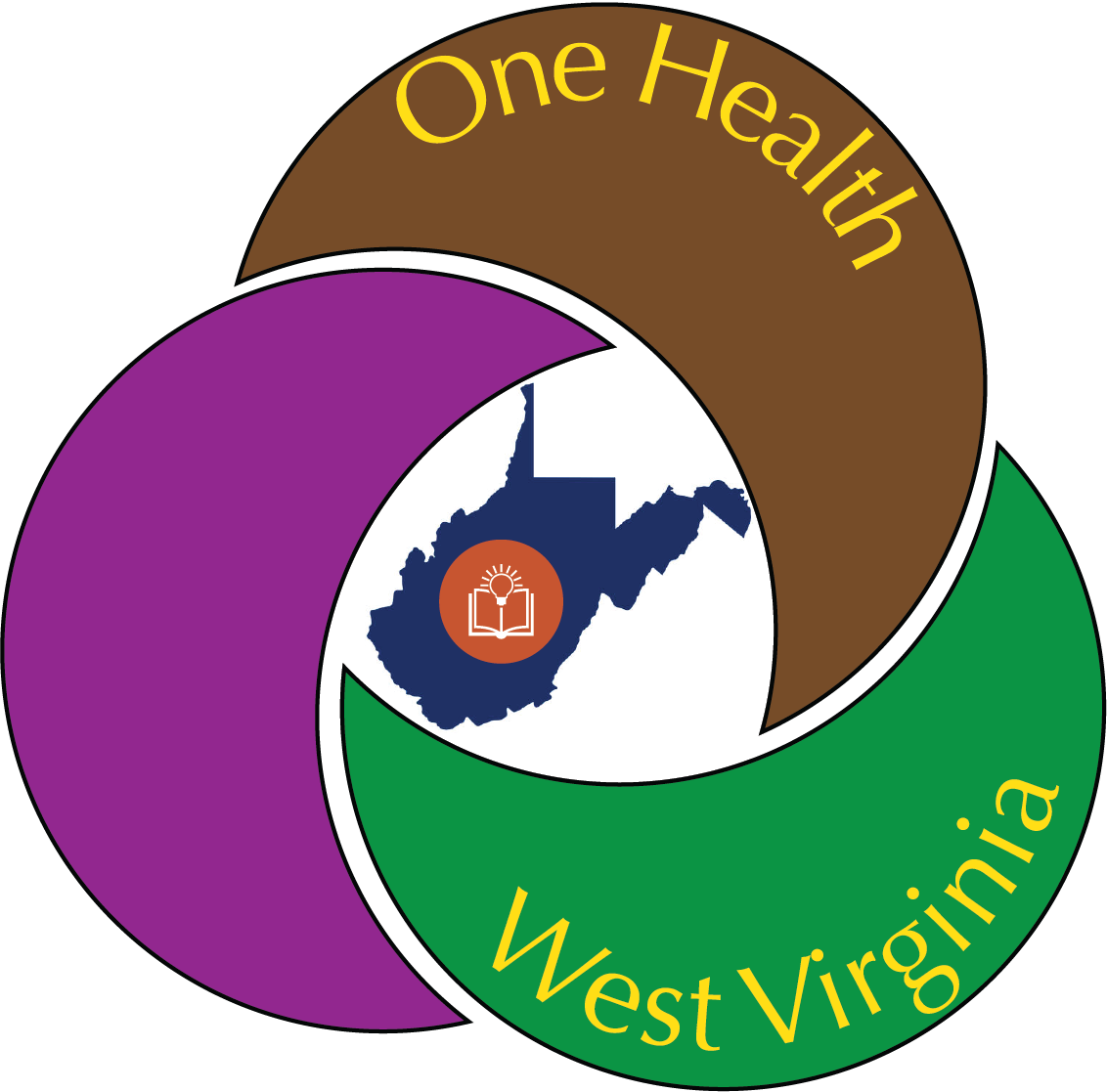Theme 1: Water Use & Quality
Access to clean water is a fundamental human right, yet some communities bear an inequitable burden of unsafe water. This is particularly relevant in and around the rural communities of WV and Appalachia.
The effects of urbanization and climate change exacerbate the problems of unsafe water, contributing directly to health issues and health inequalities.
Year 2 Projects
-
Mentors Hass and Ranasinghe (WVSU) will engage mentees in on-going research into the long-term impact of surface mine reclamation practices on stream water quality.
-
Mentors Vesper and Murry (WVU) will engage project mentees in interdisciplinary Spring Ecosystem Assessments to evaluate water quality and quantity, aquatic ecology, geologic setting, and potential human-induced risks.
-
Mentors Arantes and Garner (WVU) will engage project mentees in the identification of central Appalachian communities vulnerable to extreme river flooding, based on historic river flow data and spatiotemporal distribution of extreme events.
-
Mentor Rojano (WVSU) will engage a mentee in research on climate, water quality and greenhouse gases impacting rivers for the Central Appalachian Region.
Theme 2: Environmental Contamination
The byproducts of human activity ultimately end up in the environment where they can accumulate in, and affect the health of, water, soil, and wildlife. Invariably these substances have an impact on the health of humans.
Of particular urgency are the impact of contaminants on environmental and wildlife health, the potential for mitigation or removal, and how those effects intersect with human health issues.
Year 2 Projects
-
Silver nanoparticles are used to confer antimicrobial properties to medical and consumer products and are consequently released into water systems. Mentor Spitzer (MU) and colleagues will engage mentees to investigate the molecular mechanisms by which sliver nanoparticles disrupt cytoskeletal dynamics in neural cells.
-
Mentor Kolling’s (MU) mentee will have a research focus on tardigrade cryptobiosis and the role that reactive-oxygen species play in tardigrade responses to extreme conditions.
Planned Projects, Years 3-4
-
The microbial communities that inhabit soils (the soil microbiome) are intrinsically linked to plant and animal health and, more broadly, human health and ecosystem resilience. Mentor Kelly (WVU) and colleagues will engage project mentees in research related to how environmental disturbance or contamination of soil affects the soil microbiome.
-
Mentor Armstead (MU) and colleagues will engage mentees in the evaluation of the reproductive health of fish exposed to agricultural and urban runoff, as well as wastewater treatment plant discharges, using field and laboratory investigations.
Theme 3: Biological Correlates of Disease
The majority of novel emerging infectious diseases that afflict humans originate from wildlife. The principal drivers of their emergence are human activities; for example: changing land use, urbanization, international travel, and overuse of antibiotics.
Year 2 Projects
-
Community wastewater testing is a non-invasive method for tracking disease trends, exemplified most recently during the COVID-19 pandemic. Mentor Neff (MU) will engage project mentees in determining the effects of abiotic factors and data normalization methods on the accuracy of wastewater signal from different pathogens.
-
Mentor Shakirov will engage the project mentee in research on environmental factors, including bacterial infections, and lifestyle choices, such as Western high fat diet, on telomere length, aging, and disease outcomes in obese/diabetic and healthy mice.
Planned Projects, Years 3-4
-
White-tailed deer are abundant throughout the US and Canada. They are also commonly infected with SARS-CoV-2, as are many other non-human animal species. Mentor Driscoll (WVU) and colleagues will engage project mentees in assessing the prevalence and genomic makeup of SARS in WV wildlife, and how SARS genomes from wildlife compare with those from nearby human communities.
